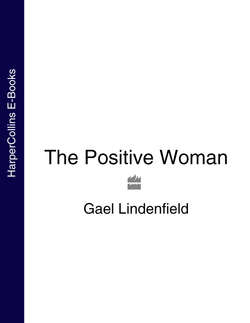Читать книгу The Positive Woman - Gael Lindenfield, Gael Lindenfield - Страница 33
FACE the Facts
ОглавлениеThis is a structure which I have devised to aid objective thinking when faced with a problem or a decision. It helps you to focus on five important aspects of the issue. Once again, I have used a mnemonic (For Against Choice Emotion) as an aide-mémoire.
| 1) FOR | – | the positive aspects: positive rewards, potential pay offs. |
| 2) AGAINST | – | the negative aspects: difficulties. (Beware this section doesn’t swamp the rest because you may find it the easiest to fill in!) |
| 3) CHOICE | – | the alternatives, new ideas. (Sometimes we are so absorbed in the stress of choosing between two options that we fail to see any others, including perhaps the option of doing nothing!) |
| 4) EMOTION | – | the emotions which you and others feel about the issue. (If you find yourself leaving this section blank, remember that there is always an emotional content to decisions and issues, and that if they are not obvious they are being repressed for some reason. Often this is because these feelings are negative, for example irritation, jealousy, cynicism or despair. Unless such emotions are honestly confronted and expressed they will affect your thinking in a hidden way.) |
| 5) FACTS | – | statistics, costing, research data, time schedules. (Sometimes in the fear or excitement of making a decision or studying an issue we turn a ‘blind eye’ to the facts or omit to collect important data.) |
If possible, don’t try and tackle each of these aspects in order of sequence or at one marathon thinking session you could restrict your creative thinking powers and your memory. Instead, put these headings on a sheet of paper or a blackboard for as long as you can before you make the decision or take any action, and then you can jot down your ideas and data as they come to you. In this way you may also gain more insight into your patterns of thinking.
At first you may find yourself filling up the AGAINST section, but as your basic mood and attitudes become more positive, the FOR section should start filling up.
Do the following exercise to give yourself some practice and then use it to help you to structure your thinking as formally as you can for a few months. After some time you may find yourself automatically thinking differently and you will not always need to go through this process although I still find it an invaluable support when I am having to make major decisions.
